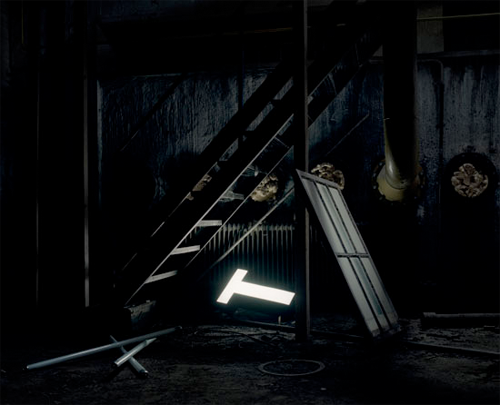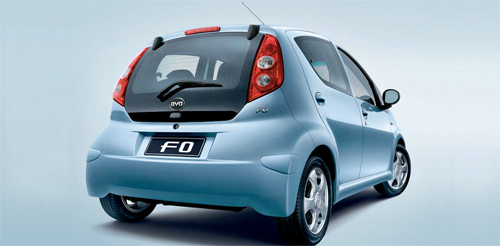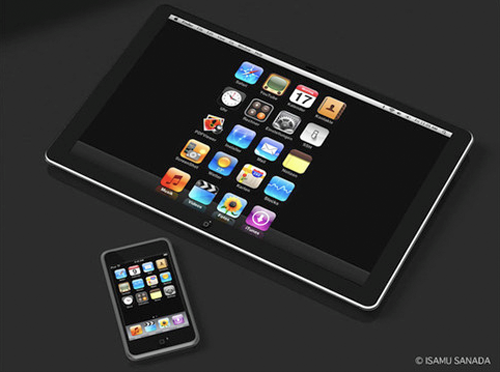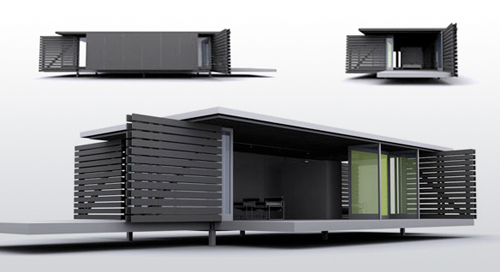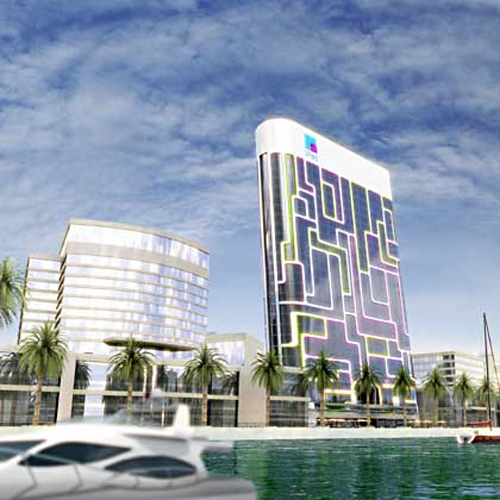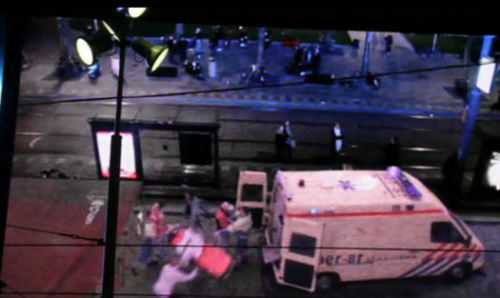 creative dutch government implements an integrated reality billboard in amsterdam to educate and shame passers-by.
creative dutch government implements an integrated reality billboard in amsterdam to educate and shame passers-by.
Wondering if this really works: Passing by an interactive billboard playing out a violent street crime. It probably causes your head to spin for a few hours while looking over your shoulder. What would you do if it was really happening in front of you? Whatever you do, if you’re going to act on behalf of the victims be safe and smart, do it at a distance.
###
In the Netherlands, it’s apparently not uncommon for public employees to encounter aggression and even violence while carrying out their day-to-day responsibilities. And Dutch citizens, it would seem, would rather not get involved in somebody else’s altercation.
So the Dutch government got creative with a public service ad aimed at urging citizens to stand up for their public workers, using augmented reality to place people on the street in the middle of a violent confrontation.
An interactive billboard placed above crowded Amsterdam and Rotterdam thoroughfares displays, in real time, a view of the street below. Passers-by can see themselves live on the massive screen, but though the curb space in front of them is empty, on the screen there’s a tense confrontation unfolding as they stand there and gawk.
The idea is to more or less shame citizens for their inactivity when they see a violent confrontation taking place. By making citizens aware of what they look like when they ignore a wrong being committed right in front of them, the government hopes to engender a sense of shared responsibility and a willingness to come to victims’ aid.
[
source ]
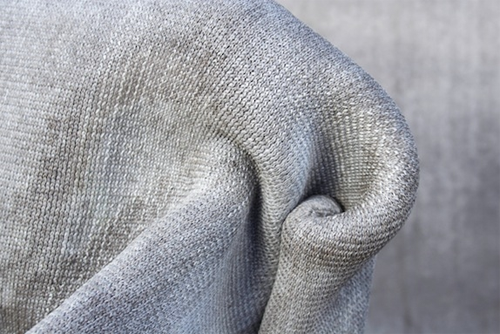
[
material conneXion announces first
medium award for material of the year 2009


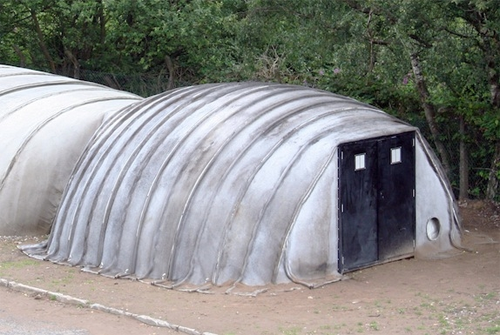 Grand prize winner:
Grand prize winner:
above: concrete canvas. the fiber is impregnated with concrete and only hardens when you add water.
Honorable mentions:

above: abtech industries’s smart sponge — absorbs oil but not water possibly solving the problem of
oil-spill cleanup.

above: objet geometries’s revolutionary new 3-D printers — rapid prototyping allows you to build objects out of only one material. these printers allow prototypes to be made all at once out of multiple materials.
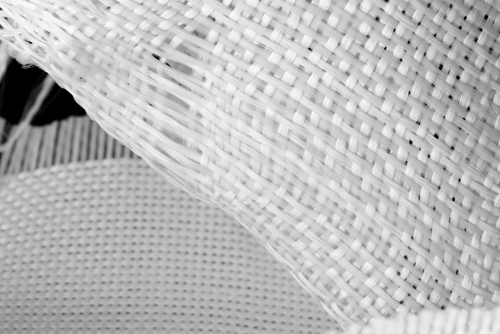
above: innegrity’s innegra S fiber — the lightest alternative to kevlar that’s currently on the market.

above: quin media arts & sciences — creates textured metal cladding for buildings which change colors via lighting and where the viewer is standing.
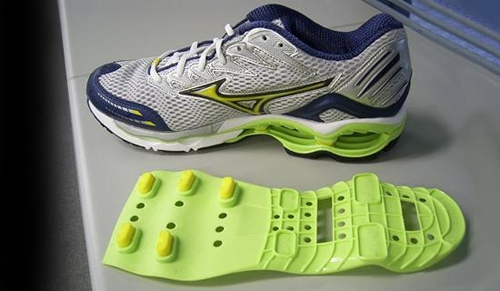
above: arkema’s pebax renew — the first plant-based alternative, comprised of 95% plant-based materials, they reduce greenhouse gas emissions by 30%. for example, existing rubbery foams used in sports shoes are currently resource intensive and derived from oil.
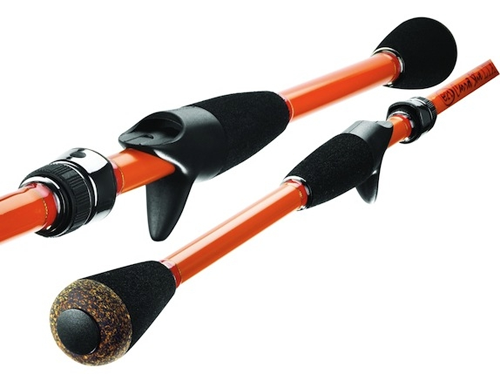
above: cellucomp’s curran — has a strength that rivals carbon fiber is a “biofiber” made from
processed carrots.
Award-Winner and 11 Finalists to be showcased in an Exhibition at
Material ConneXion, January 11-February 19, 2010
[source]

venice, italy is sinking. to save it, rachel armstrong says we need to outgrow architecture made of inert materials and, well, make architecture that grows itself.
she proposes a not-quite-alive material that does its own repairs and sequesters carbon.
via ted – ideas worth spreading
 “wall of knowledge” for the stockholm library are renderings by a team of students at the architecture school of paris la seine.
“wall of knowledge” for the stockholm library are renderings by a team of students at the architecture school of paris la seine.


a neat recap on how the design was generated at CG Society.
via
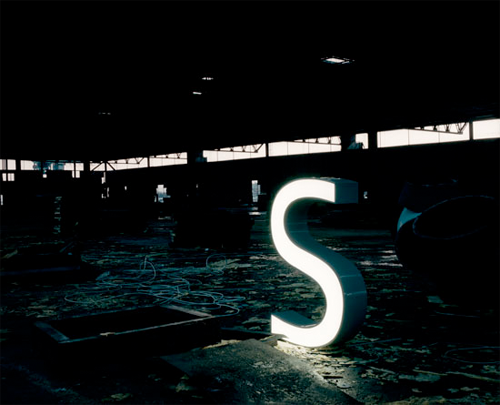 things change. companies relocate, update their logos and cease to exist, their fascia signs
things change. companies relocate, update their logos and cease to exist, their fascia signs